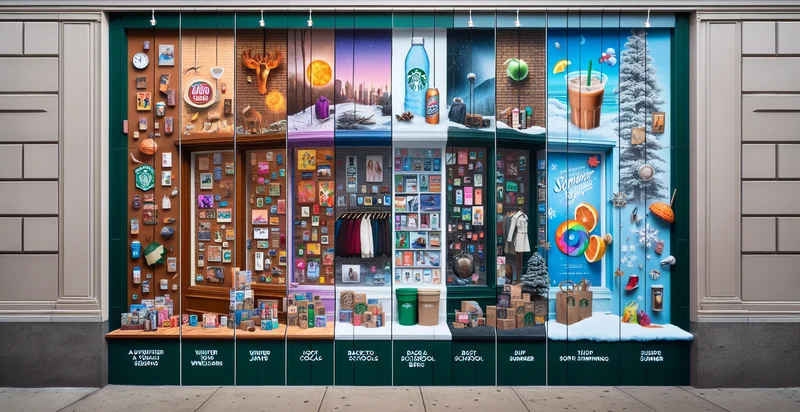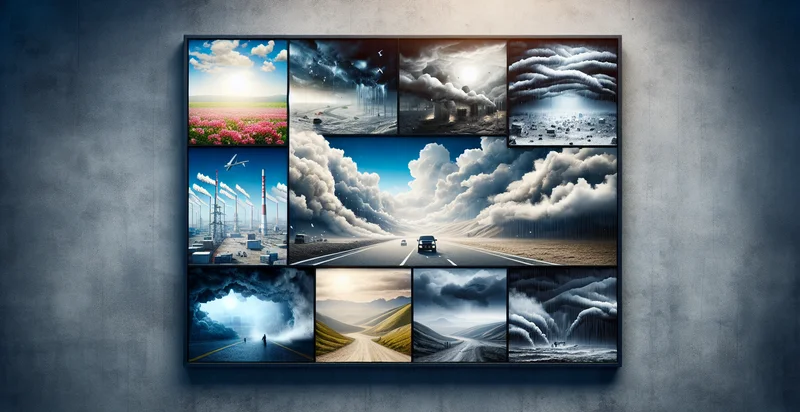Identify visibility season
using AI
Below is a free classifier to identify visibility season. Just input your text, and our AI will predict how visible a product will be during different seasons - in just seconds.

Contact us for API access
Or, use Nyckel to build highly-accurate custom classifiers in just minutes. No PhD required.
Get started
import nyckel
credentials = nyckel.Credentials("YOUR_CLIENT_ID", "YOUR_CLIENT_SECRET")
nyckel.invoke("visibility-season", "your_text_here", credentials)
fetch('https://www.nyckel.com/v1/functions/visibility-season/invoke', {
method: 'POST',
headers: {
'Authorization': 'Bearer ' + 'YOUR_BEARER_TOKEN',
'Content-Type': 'application/json',
},
body: JSON.stringify(
{"data": "your_text_here"}
)
})
.then(response => response.json())
.then(data => console.log(data));
curl -X POST \
-H "Content-Type: application/json" \
-H "Authorization: Bearer YOUR_BEARER_TOKEN" \
-d '{"data": "your_text_here"}' \
https://www.nyckel.com/v1/functions/visibility-season/invoke
How this classifier works
To start, input the text that you'd like analyzed. Our AI tool will then predict how visible a product will be during different seasons.
This pretrained text model uses a Nyckel-created dataset and has 12 labels, including Early Fall, Early Spring, Early Summer, Early Winter, Fall, Late Fall, Late Spring, Late Summer, Late Winter and Spring.
We'll also show a confidence score (the higher the number, the more confident the AI model is around how visible a product will be during different seasons).
Whether you're just curious or building visibility season detection into your application, we hope our classifier proves helpful.
Related Classifiers
Need to identify visibility season at scale?
Get API or Zapier access to this classifier for free. It's perfect for:
- Marketing Campaign Optimization: This function can help identify the best timing for promotional campaigns by classifying periods of high visibility. By analyzing historical data and classifying 'visibility seasons,' marketers can align their efforts with peak engagement times, leading to better conversion rates.
- Inventory Management: Retail businesses can utilize the classification to anticipate demand fluctuations during certain visibility seasons. This allows for better inventory planning, ensuring popular products are stocked adequately during high-traffic periods, reducing the risk of stockouts or overstocks.
- Social Media Engagement Strategy: Social media managers can leverage the 'visibility season' identifier to time their posts and advertisements strategically. By concentrating their efforts during identified visibility seasons, brands can maximize reach and engagement from their audience.
- Content Scheduling: Content creators can use this classification to schedule blog posts, videos, or podcasts during optimal visibility periods. By aligning content releases with seasons of increased visibility, they can enhance audience reach and drive more significant traffic to their platforms.
- Event Planning: Organizations can assess visibility seasons to plan events effectively. By timing events during high visibility periods, companies can ensure greater attendance and media coverage, maximizing their investment and impact.
- Customer Feedback Collection: Businesses can identify the best times to solicit customer feedback based on visibility season trends. Engaging customers when they are more visible and engaged can lead to higher response rates and more meaningful insights.
- Advertising Budget Allocation: This function can help advertisers optimize budget allocation by targeting visibility seasons with increased consumer activity. By focusing ad spending during these identified periods, companies can improve return on investment and increase the effectiveness of their ad campaigns.


